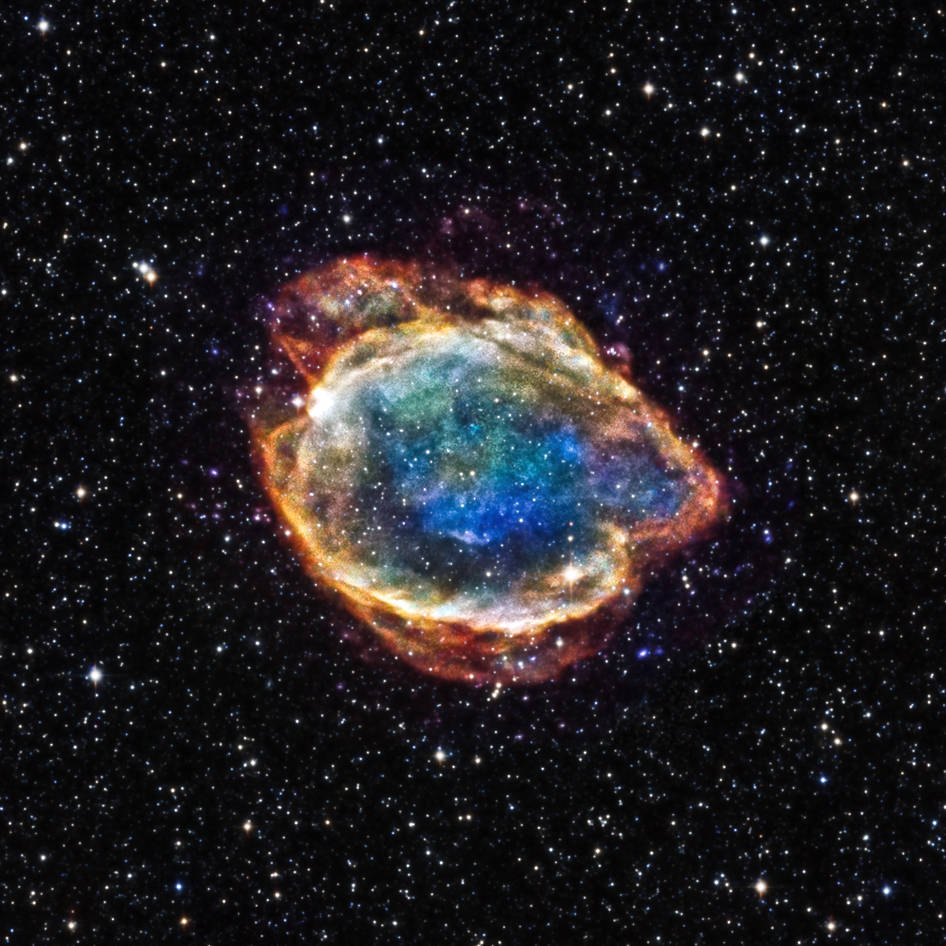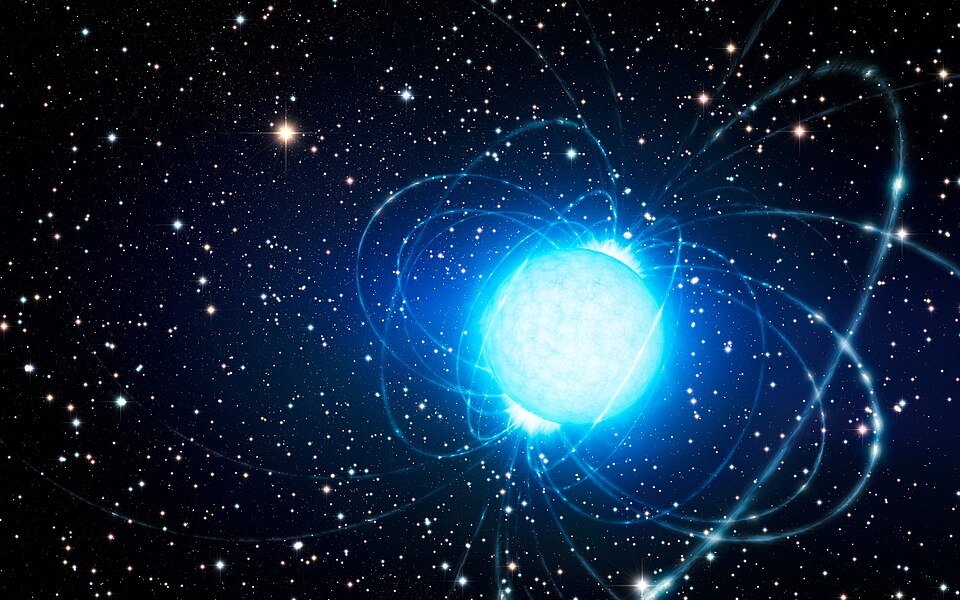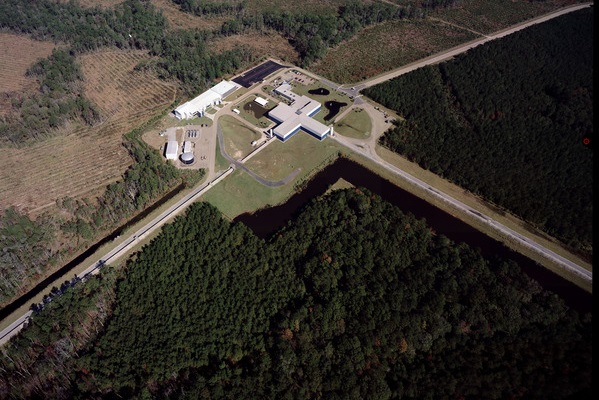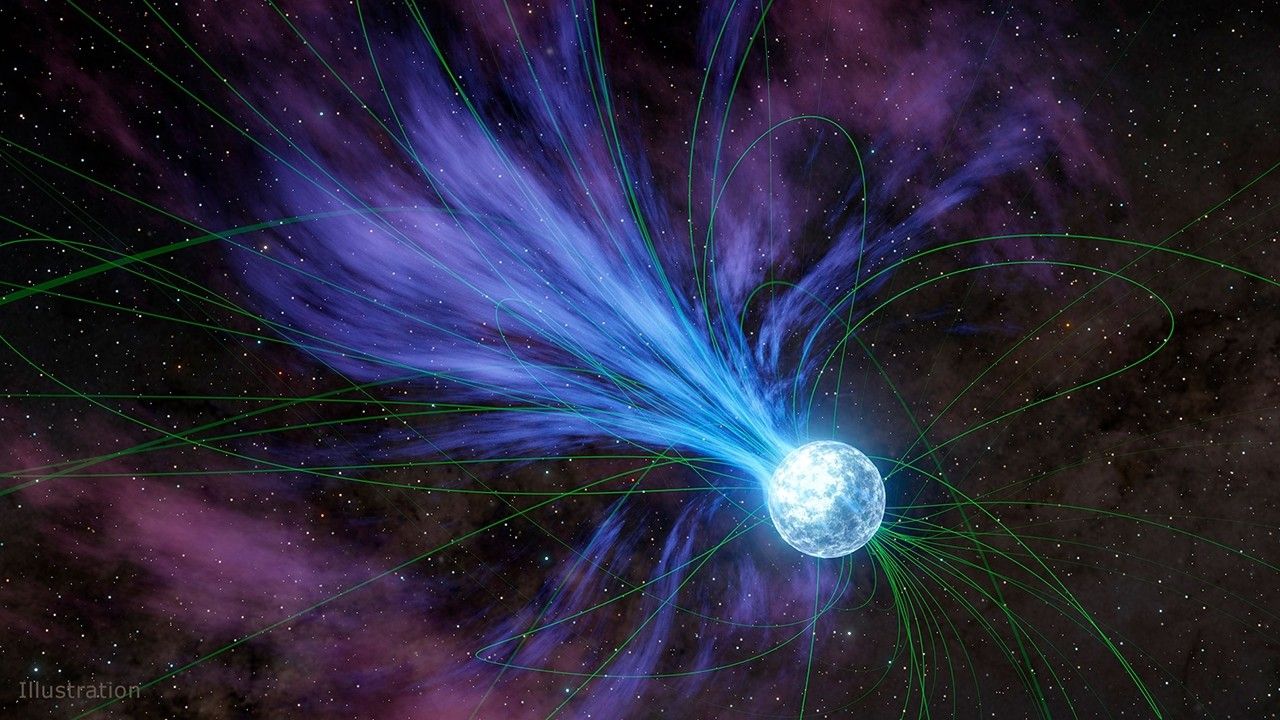Heavy elements like gold and platinum are primarily formed in explosive cosmic events such as supernovae and neutron star collisions, where intense energy creates conditions for nuclear reactions. These processes scatter heavy elements throughout the Universe, enriching the interstellar medium and providing the building blocks for planets and life. Recently, magnetars, highly magnetised neutron stars, have also been identified as potential sources, with their powerful flares contributing to the formation of these elements.
 G299 is a supernova remnant in the Milky Way, 16,000 light years from Earth. (Credit : ESA/Hubble)
G299 is a supernova remnant in the Milky Way, 16,000 light years from Earth. (Credit : ESA/Hubble)
Anirudh Patel, a doctoral student at Columbia University, led a study using 20-year-old archival data from NASA and ESA telescopes, uncovering this new surprising source of heavy elements. The study, published in The Astrophysical Journal Letters, suggests that magnetar flares could contribute up to 10% of the heavy elements, like gold, in the Galaxy. Since magnetars appeared early in the universe's history, they could have been responsible for creating the first gold. Eric Burns, a co-author of the study, called it a breakthrough that solves a major cosmic mystery using nearly forgotten data.
Magnetars are a rare and extreme type of neutron star with incredibly strong magnetic fields—up to a thousand trillion times stronger than Earth's. They are formed from the collapsed core of a massive star after a supernova and are known for their intense bursts of X-rays and gamma rays.
 Artist's conception of a powerful magnetar in a star cluster (Credit : ESO/L)
Artist's conception of a powerful magnetar in a star cluster (Credit : ESO/L)
As we have seen, a magnetar is a neutron star with a powerful magnetic field. Occasionally, magnetars undergo "star-quakes," releasing high-energy radiation through giant flares that can even affect Earth's atmosphere. Only a few of these flares have been observed in nearby galaxies. The team of researchers suggest that these flares could be responsible for forming heavy elements by rapidly fusing neutrons into heavier atomic nuclei.
In a neutron star's extreme environment, atoms capture many neutrons, leading to multiple decays and the creation of heavy elements like uranium. While neutron star mergers have been shown to produce gold and other elements, these events occurred too late to explain the earliest heavy elements. New research suggests that magnetar flares, which eject material at high speeds, could be a crucial source of these early heavy elements.
In 2017, astronomers confirmed that the collision of two neutron stars, observed with NASA telescopes and LIGO ((Laser Interferometer Gravitational-Wave Observatory) could have created gold, platinum, and other heavy elements. However, these mergers occurred too late in the universe's history to explain the earliest heavy elements. Recent research by Jakub Cehula, Todd Thompson, and Brian Metzger suggests that magnetar flares could heat and eject neutron star crust at high speeds, making them a possible source of these early elements.
 LIGO Livingston Observatory (Credit : Caltech/MIT/LIGO Lab)
LIGO Livingston Observatory (Credit : Caltech/MIT/LIGO Lab)
The team initially predicted that heavy elements from magnetars would appear in visible and ultraviolet light and possibly in gamma-ray signals too. After checking, Metzger and Patel found this was possible. They then reviewed 2004 gamma-ray data and found a smaller, unexplained signal that matched their prediction. Using data from NASA's RHESSI (Reuven Ramaty High Energy Solar Spectroscopic Imager) and Wind satellites, the researchers confirmed that the 2004 gamma-ray signal was likely linked to the creation and distribution of heavy elements in magnetar giant flares.
NASA's upcoming Compton Spectrometer and Imager mission, launching in 2027, will study high-energy cosmic events like magnetar giant flares. As a wide-field gamma-ray telescope, COSI will identify individual elements created in these events, advancing our understanding of their origins. It will work alongside other telescopes to detect "transient" changes across the universe.
 Universe Today
Universe Today
